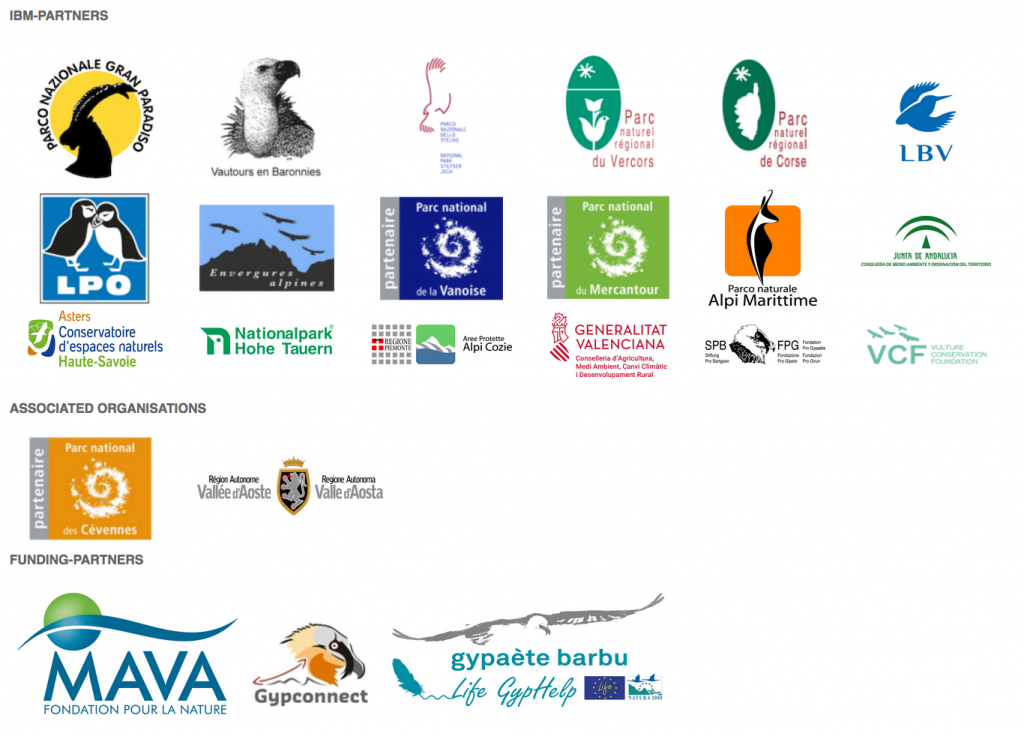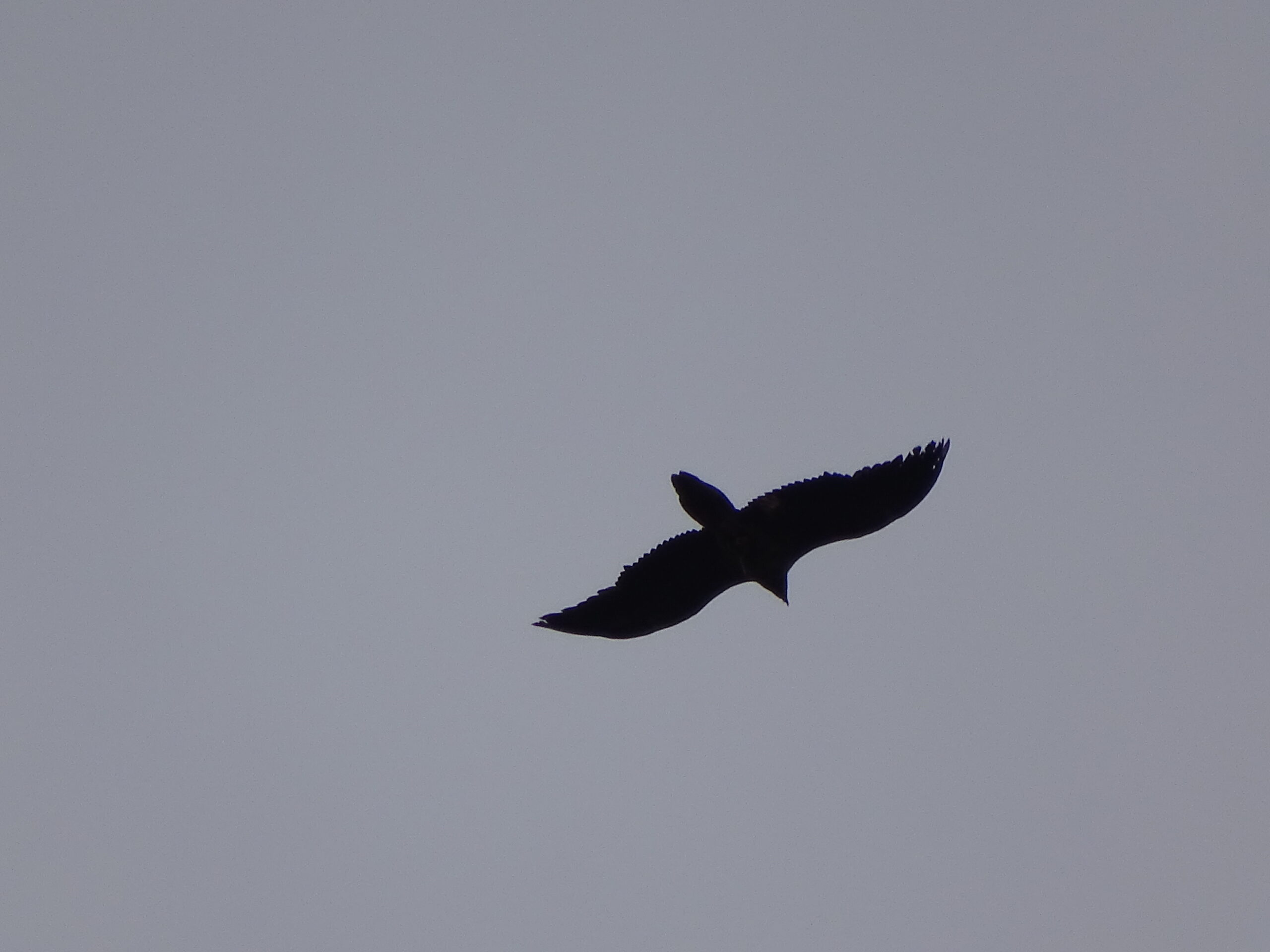
The International Bearded Vulture Monitoring Network (IBM) monitors Bearded Vultures across seven different regions in Austria, France, Italy, Spain and Switzerland. Besides the common observations and the monitoring of the breeding pairs, the monitoring with GPS tags is important. IBM currently follows the movements and behaviour of many tagged birds, which entails analyzing their movements to help inform conservation actions and tracking them daily to ensure their wellbeing. Both released and wild-hatched birds are equipped with GPS tags. Their age varies – the youngest are in their 1st calendar year (CY) and the oldest is in her 24th CY!
In this blog post, we review the August 2022 Bearded Vulture GPS movements of birds monitored with the IBM-Network by the local partners across the Alps, Massif Central, Maestrazgo and Corsica where we carry out reintroduction and restocking projects.
Alps




The Bearded Vulture was driven to extinction in the Alps during the 20th Century, and to bring them back, pioneers from all Alpine countries initiated the reintroduction project in the 1970s. The first birds were released in 1986 at Hohe Tauern National Park (Austria), and in 1997 the first breeding pair successfully raised a chick in the wild in France. Today, there are around 300 Bearded Vultures.
The partners in the IBM network monitor the movements in the Central, Eastern, South-Western and North-Western Alps across Austria, France, Italy and Switzerland. The maps show the different birds, based on their geographic origin.
Massif Central

The birds tagged in the Massif Central come from a captive breeding background and were released for reintroduction purposes as part of LIFE GypConnect. This project aimed to establish a breeding population of Bearded Vultures in the Massif Central, as well as in the Pre-Alps, through reintroduction and promoting dispersal movements between the Alps and the Pyrenean population.


Check out the special excursions of Eglazine and Roc, two Bearded Vultures released within the LIFE GypConnect project!
Maestrazgo

The Maestrazgo reintroduction project in Spain started in 2018 to establish a wild breeding population that will bridge the populations in the Pyrenees and Andalusia. Throughout the project, captive-bred birds will be released in specially constructed hacking sites in the Parque Natural de la Tinença de Benifassà.
Corsica

The population of Bearded Vultures in Corsica is the last vestige of a former meta-population that used to include Sardinia, Sicily, the Alps and Corsica. It has suffered a severe decline in the last decades, with only four pairs remaining while the productivity has plunged even deeper to zero recently. To boost the local population and to promote successful breeding, a reinforcement project releases captive-bred birds from different bloodlines to increase genetic diversity in the wild. Furthermore, it secures the bloodline of the Corsican birds by extracting eggs and raising them within the VCF’s Bearded Vulture Captive Breeding Network (EEP) in captivity to breed and provide chicks for reintroduction projects in the future. Since the autumn of 2021, these efforts continue within the new LIFE GypRescue project.
International Bearded Vulture Monitoring Network (IBM)

The International Bearded Vulture Monitoring Network (IBM) is a unique international collaboration led by the Vulture Conservation Foundation between national & natural parks and non-governmental organizations to coordinate the monitoring activities for European Bearded Vulture populations. Through this network, data about the Bearded Vulture in Europe is collected, shared and made available to everyone working for the conservation of the species. The IBM-network also uses this data and comes together to discuss conservation strategies and priorities for this species on an international level. There are currently 18 partners and two associated organizations part of the IBM-network.
If you have any Bearded Vulture observations and photographs in the Alps, please report them here.




